Angular 2 Uses Which Case for Built in Directives
NgForlet of The ng-value directive binds the select element to an object. Angular 2 uses.

Mern Vs Mean Stack What Are The Differences Weekly Webtips Mern Library Classification Different Programming Languages
Used with a template.

. Directives are classes that add additional behavior to elements in your Angular applications. This allows you to add a switch statement with many cases to check many values. It specifies the propertys name on the.
In this case the delimiter is set to a semi colon followed by a space. It is used to extend HTML elemets attribute. Ng-For is a built-in template directive that enables it simple to loop over a collection of items such as an array or an object and build a template for each one.
That one is a bit of a beast but its massively simpler with a directive. Syntax for built-in directives. Angular provides a number of built-in directives which are attributes we add to our HTML elements that give us dynamic behavior.
You use TestComponentBuilder as shown in the lined SO questionanswer. Demo of directive using Host Listener. But then the working example in this.
A directive in AngularJS is a meaningful name for a function that is attached with DOM elements. Angular directives allow you to use if statements and for loops and add other behavior to the HTML code of an Angular project. Also we can use ngStyle directive to apply custom styles to element.
The ng-list directive uses a default delimiter of comma space. There are two other kinds of Angular directives described extensively elsewhere. The third one is Attribute Directives which we are going to learn about in our next article.
In Angular 2 there are many built in attribute directives. How to use ngfor. Attribute Directives are responsible for manipulating the appearance and behavior of DOM elements.
A Pascal case B Snake case C Camel case D Underscore case 6. To prevent expression evaluation in the browser add ngNonBindable to the host element. It is mainly used to changemodify the behavior of the html element.
These directives are also used to hide or show particular DOM elements conditionally. Lets discuss them one by one. As you can see the default color of our directive will be gray and when you click on the text it tuns into red and if you double click on the text then it tuns green.
5 rows Angular 2 uses. Use Angulars built-in directives to manage forms lists styles and what users see. To write Angular 2 code.
I have been and still a bit confused about the case of angular 2s directives. You can set the delimiter manually by assigning ng-list a delimeter like this ng-list. The class is then decorated with the Directive decorator which is imported from the angularcore barrel.
A directive is a custom HTML element that is used to extend the power of HTML. This directive modifies the DOM element. Use the ng-for and the ng-value to Bind a Select Element to an Object in Angular 2.
I tried create a separate project and this time not using any built-in directives from angular 2 everything works fine. Example for routes such as routesubroute for static urls. Testing a custom directive.
If you view the appmodulets file you will see the following code and the BrowserModule module defined. Apr 5 2016 at 1650. Dynamically add components using ViewContainerRefcreateComponent.
All AngularJS built in directives prefixed with the ng namespace. A client side rendering B server side rendering 8. See the live example download example for a working example containing the code snippets in this guide.
Theres an easy solution for this use case. Syntax for built-in directives. What is attribute directive.
It modifies the behavior or appearance of the HTML element. 1 components and 2 attribute directives. Directives components.
NgNonBindable deactivates interpolation directives and binding in templates. Angular provides many built-in Attribute Directives like NgStyle NgClass etc. How to Use Built-In Angular Directive.
In the following example the expression 1 1 renders just as it does in your code editor and does not display 2. AngularJS directives have the ability to execute methods define behavior attach controllers and scope objects manipulate the DOM and more. The ng-list directive is used to convert a delimited string from a text input to an array of strings or vice versa.
Ie camel case or dash case. In this chapter were going to cover each built-in directive and show you examples of how to use them. You can use languages like.
Built-in directives link. By defining this module you will have access to the 2 directives. A ES5 B ES6 C TypeScriptor D Dart 7.
Is it ngFor or ng-for. Ive always used dash case in the alphas of Angular 2. By the end of this chapter youll be able to.
As the name tells it is used to change the attributes of the existing html element. Directives are just like other Angular 2 members created as a class. In Angular 2 we have three types of directive which are described below.
Types of Directives in Angular 2. The NgClass directive will feel very similar to what ngClass used to do in Angular 1. I find directives are really handy for bridging non-Angular bits into Angular.
We can also create our own. Angular Structural Directives Part 2. Angular 2 has the following directives that get called as part of the BrowserModule module.
It appears that all angular2 built-in directives eg ngFor ngIf are all converted to all lowercase eg ngfor ngif which cases the error. By the end of this chapter youll be able to use the basic. Deactivating Angular processing with NgNonBindablelink.
These same considerations apply to every structural directive whether built-in or custom. There are two ways to use this directive the first is by passing an object literal to the directive like so. How to Use ngif.
Create a test component where the directive is used in the template and then get a reference to the directive from the created test component instance. NgNonBindable deactivates interpolation directives and binding in templates. For fast views on mobile.
The directive specifies a selector which is what will be looked. NgIf ngFor and ngSwitch are the built-in structural directives provided by angular. Some of the built-in directive available are ngClass ngStyle.
NgIf ngFor ngClass and More. Some of the useful ones are NgClass NgStyle. Angular 2 uses.
Angular Directive Case. I also use a directive to connect reactive forms to my ngrx store loading data from the store and dispatching actions via callbacks passed through directives on the form element. Put the ngIf on a container element that wraps the ngFor element.
However the docs suggests camel case. Based on the cases certain HTML elements will show. We can use attribute directives to change the style of DOM elements.
NgIf is pretty.
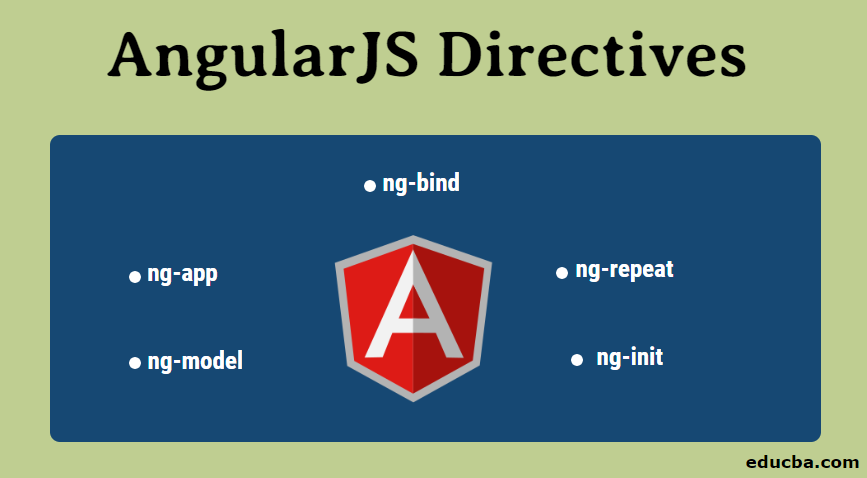
Angularjs Directives How To Create New Directives Using Javascript

Angular Js For Building Single Page Apps What S Inside
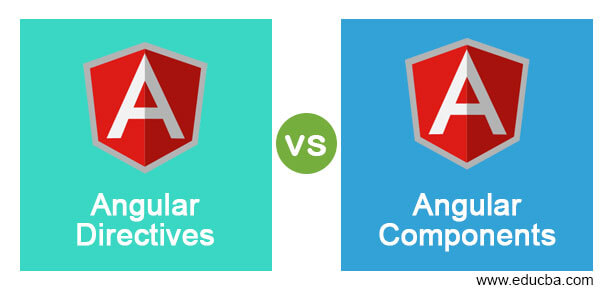
Angular Directives Vs Components Key Differences And Comparisons

Visual Basic Net Example Page 2 Visual Basic Programming Basic Programming Basic Programming Language
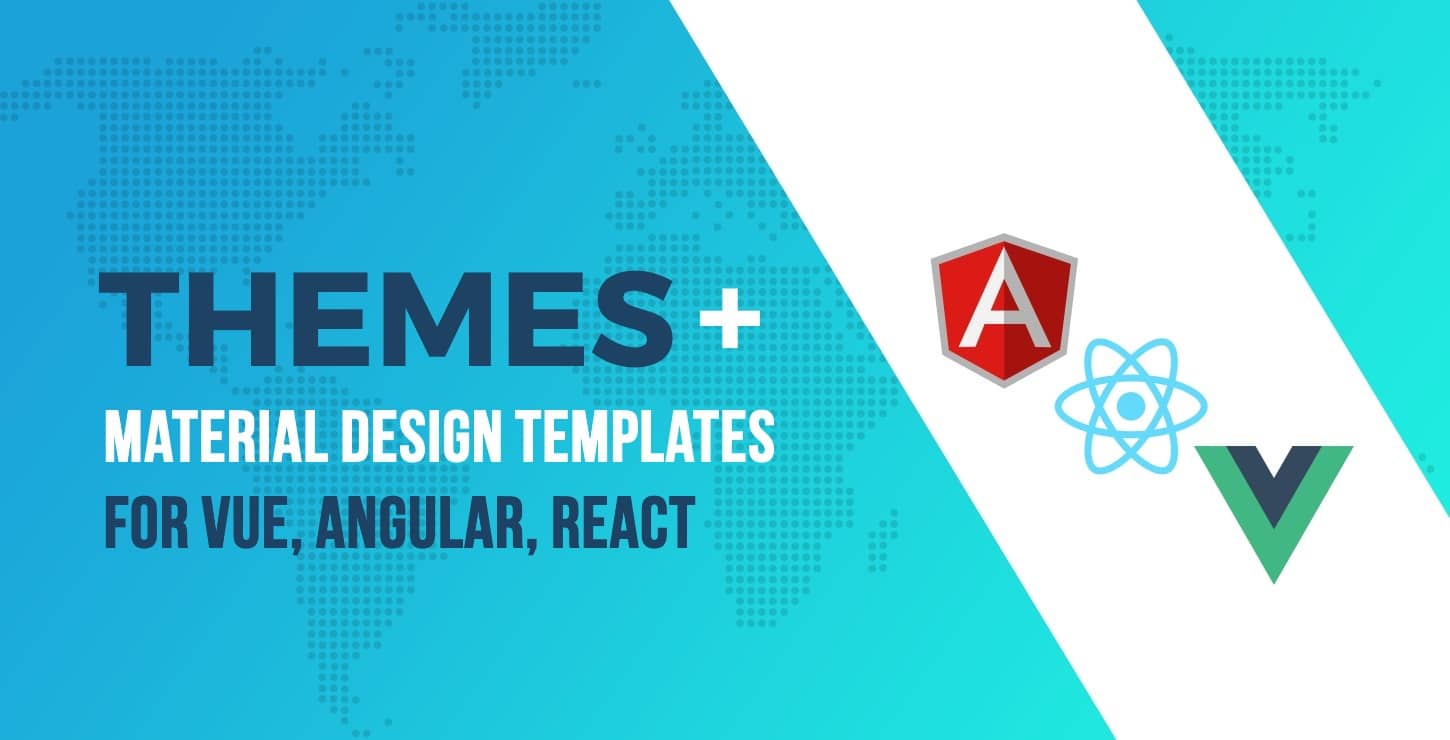
Angular Vs React Vs Vue Which Framework To Choose In 2022

Top 16 Angular Components For Web Developers Colorlib

Reasons To Use Angular In Your Next Web Development Project
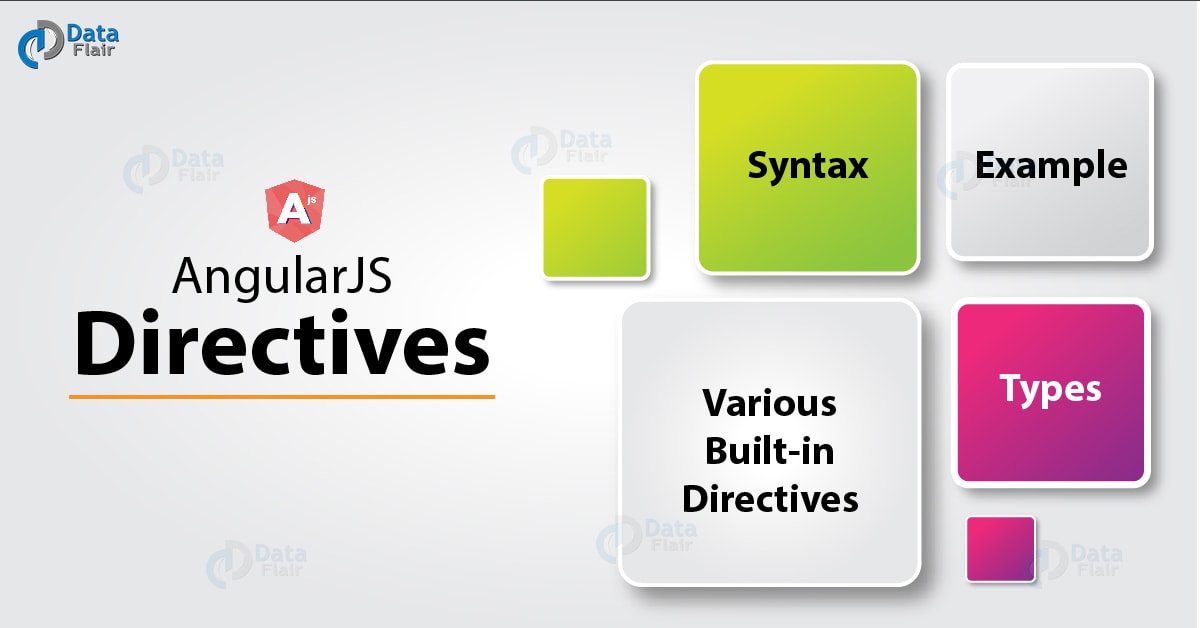
Angularjs Directives Types Of Directive With Syntax Examples Dataflair

Total Guide To Angular 6 Dependency Injection Providedin Vs Providers Dependency Injection Angular Syntax
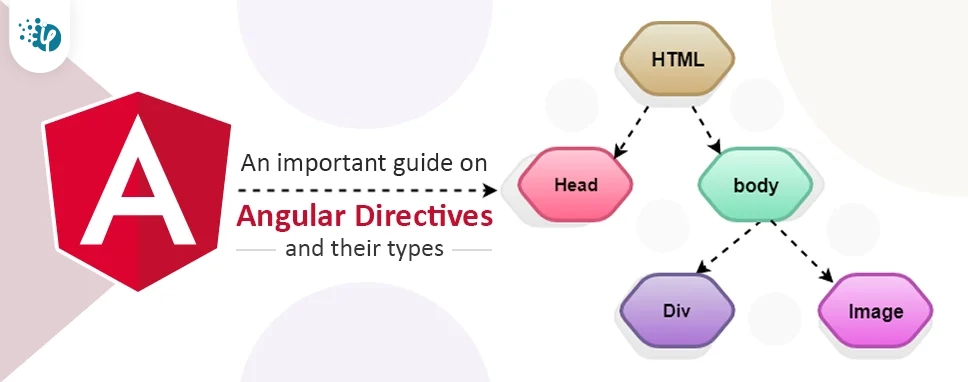
An Important Guide On Angular Directives And Their Types
![]()
Angular Vs Angularjs Same But Different 12 Differences

A Quick Guide To Angular Directive And List Of Directives In Angular

Angular Vs Angularjs Frameworks Comparison Procoders
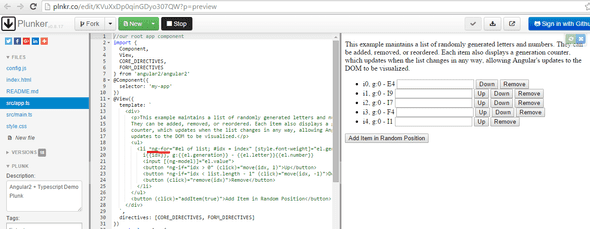
Angular Directive Case Building Spas

Reasons To Use Angular In Your Next Web Development Project

Angular 10 Course Build Angular Apps Step By Step Udemy Udemy Coupon Learn Html And Css


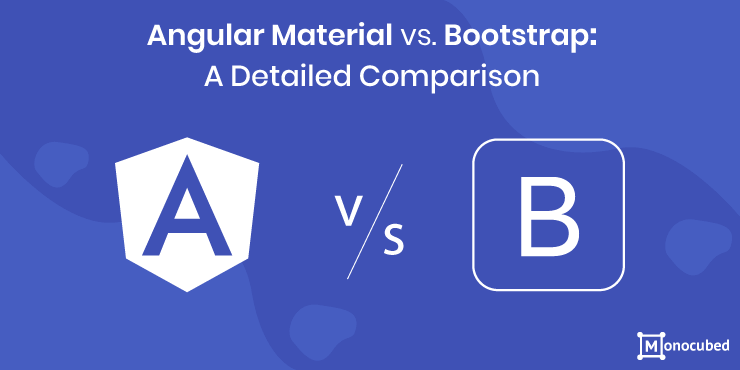
Comments
Post a Comment